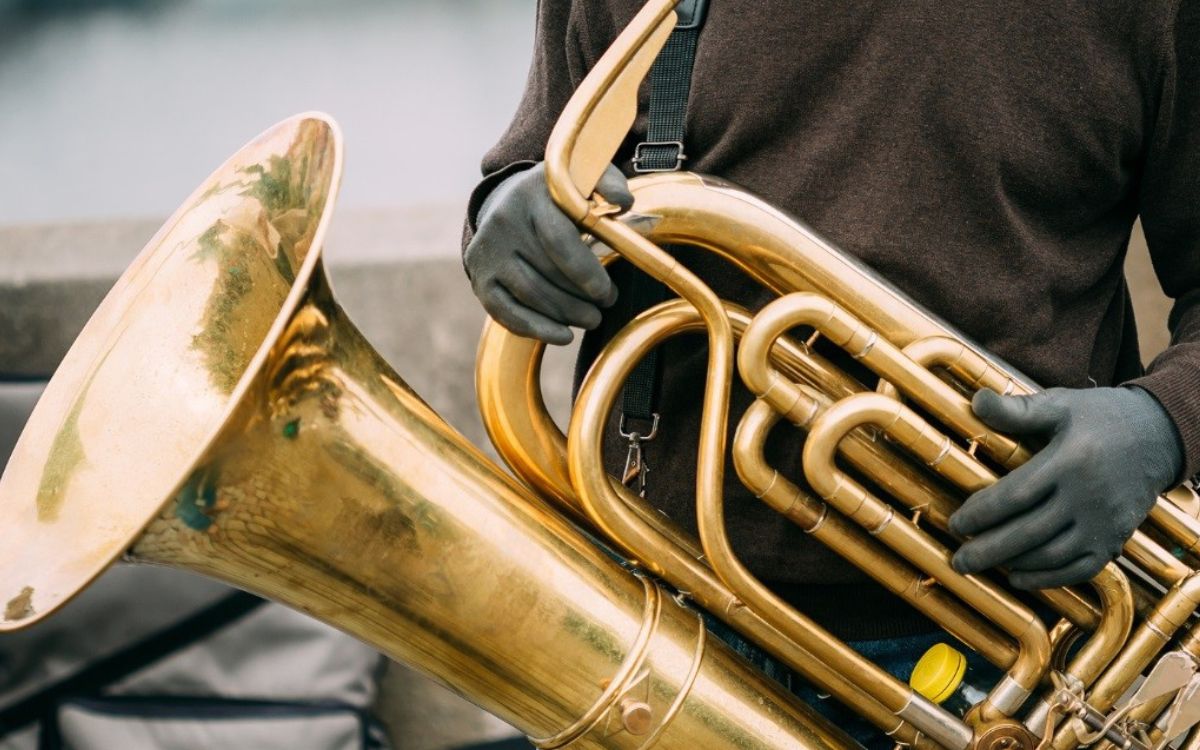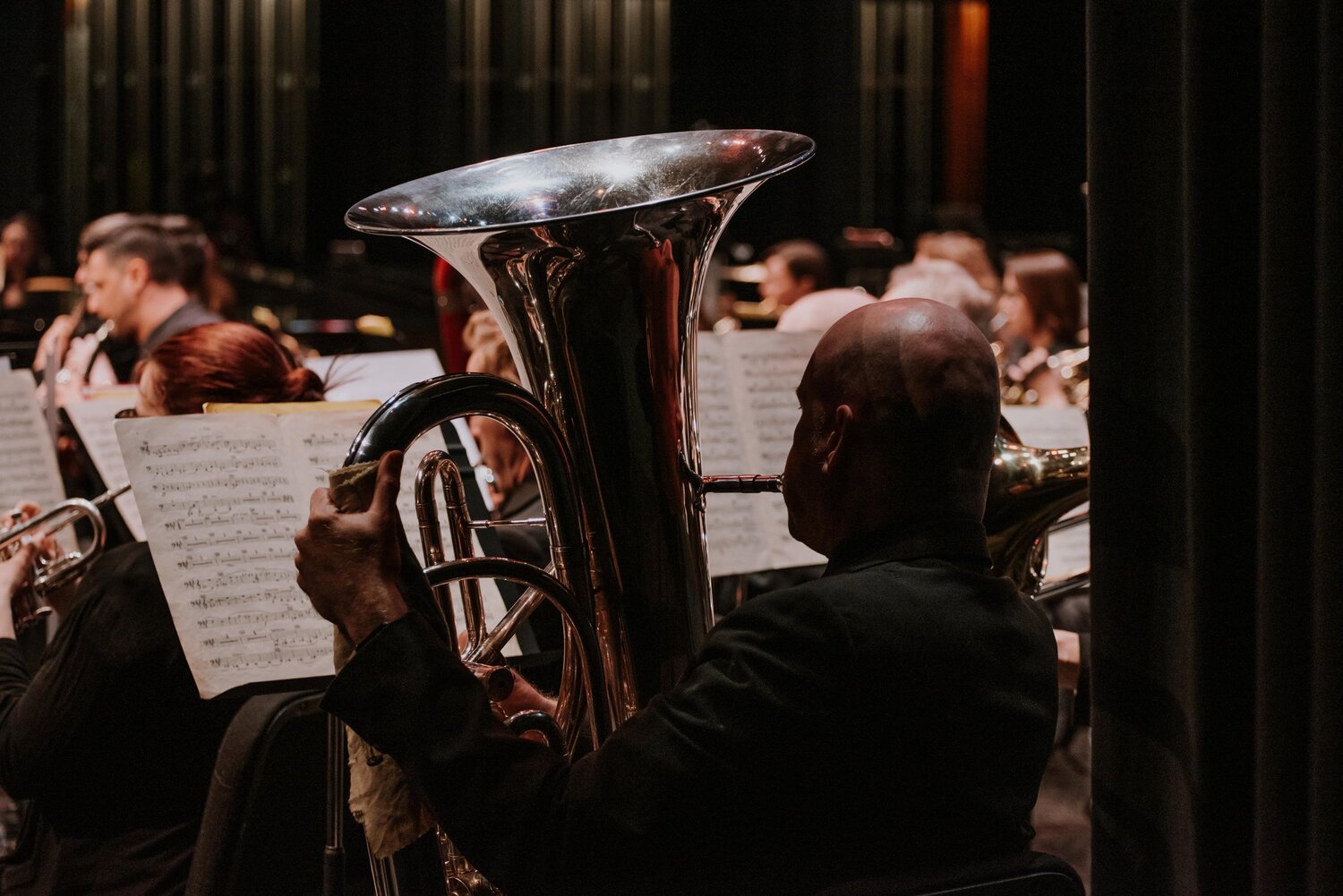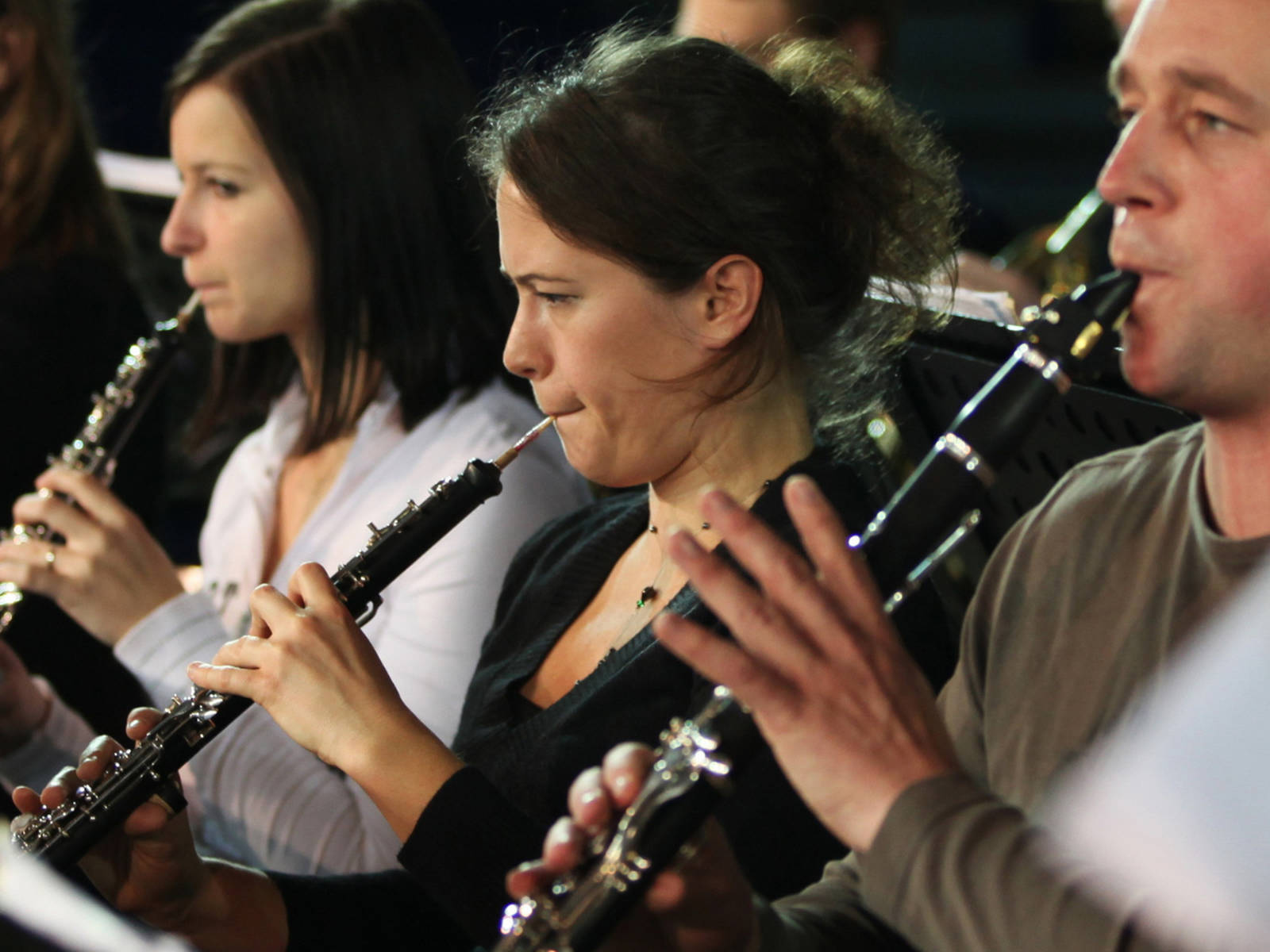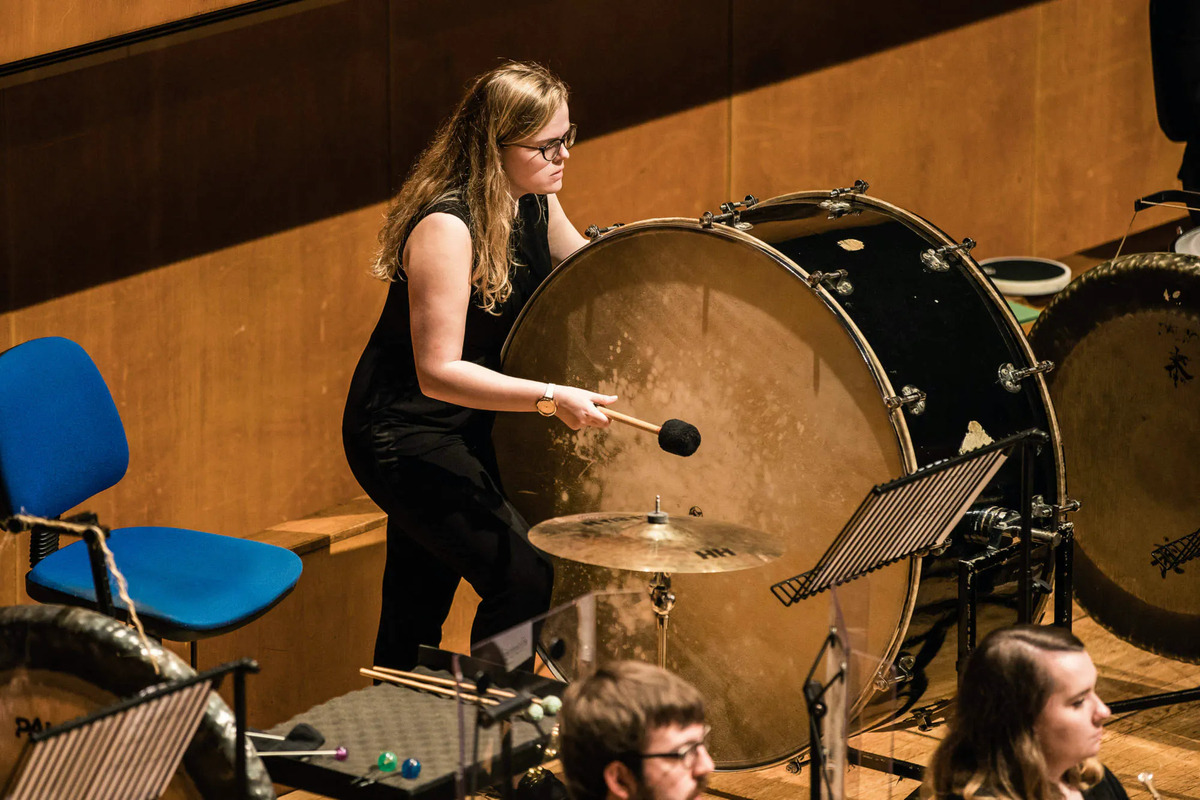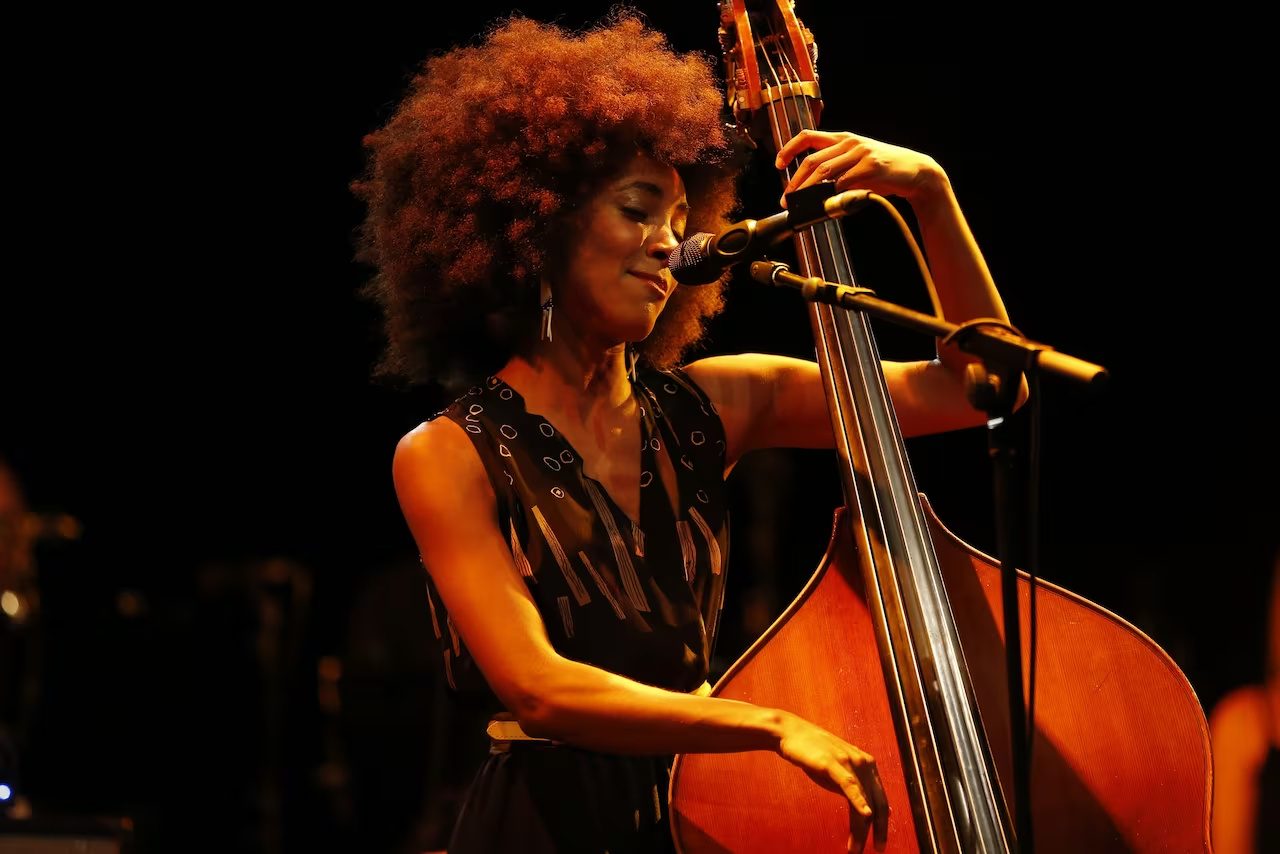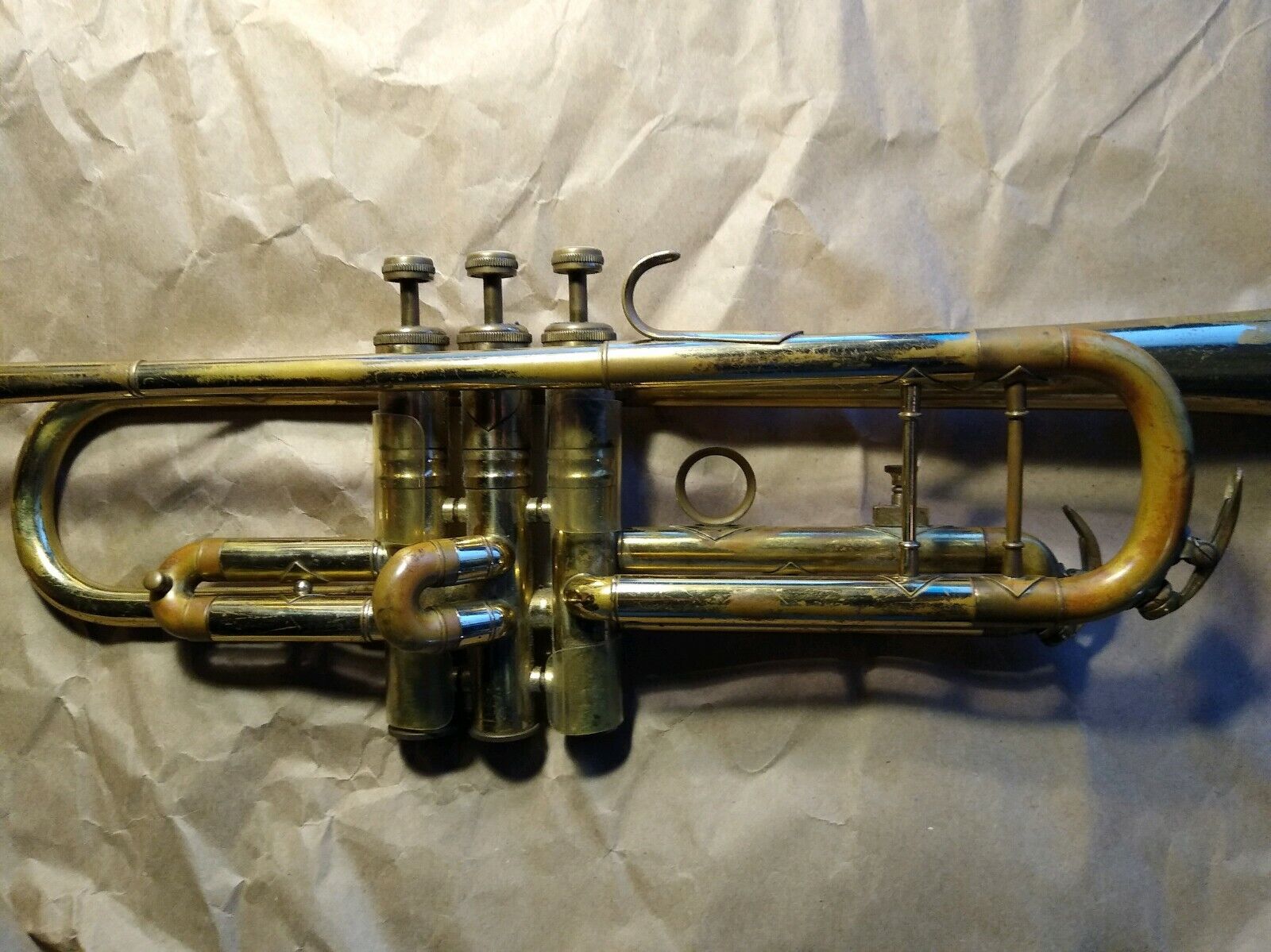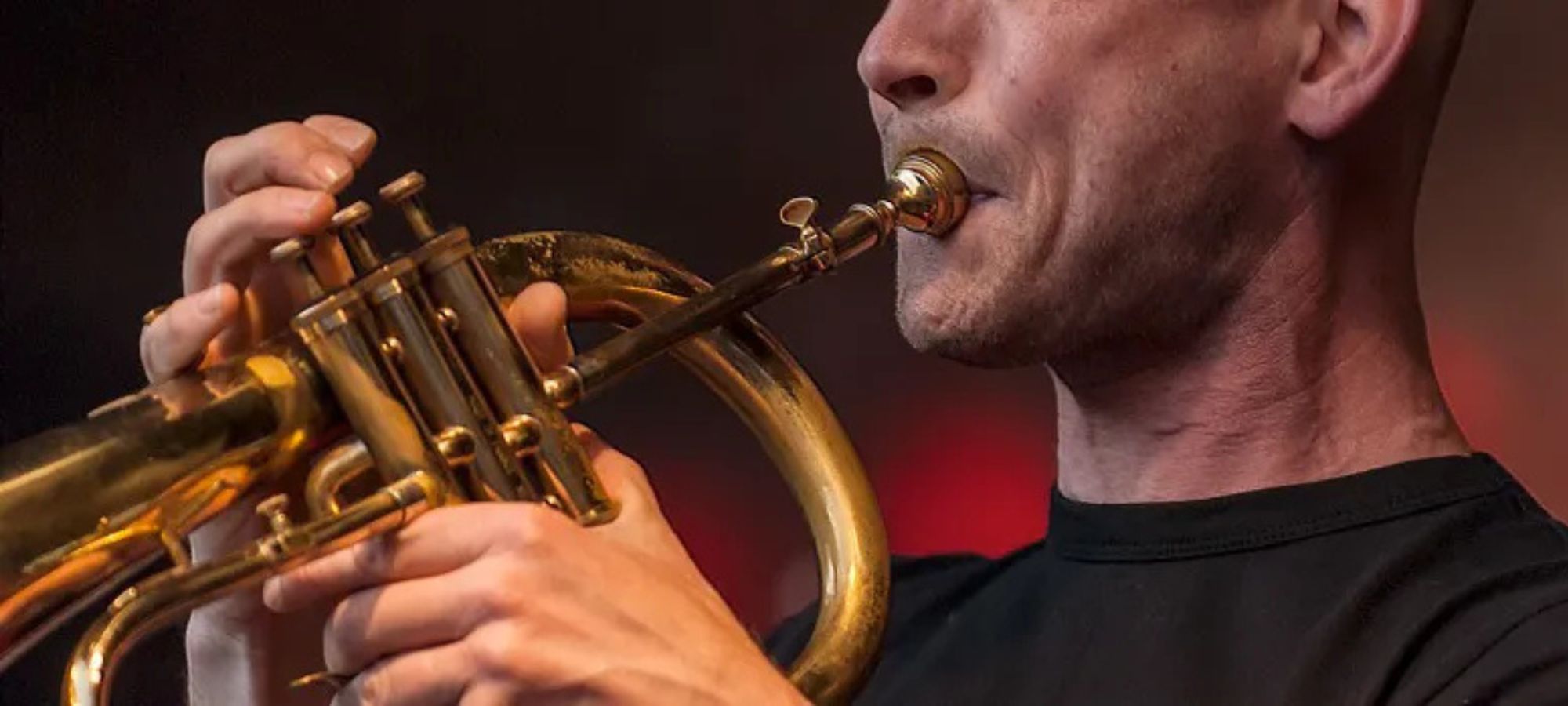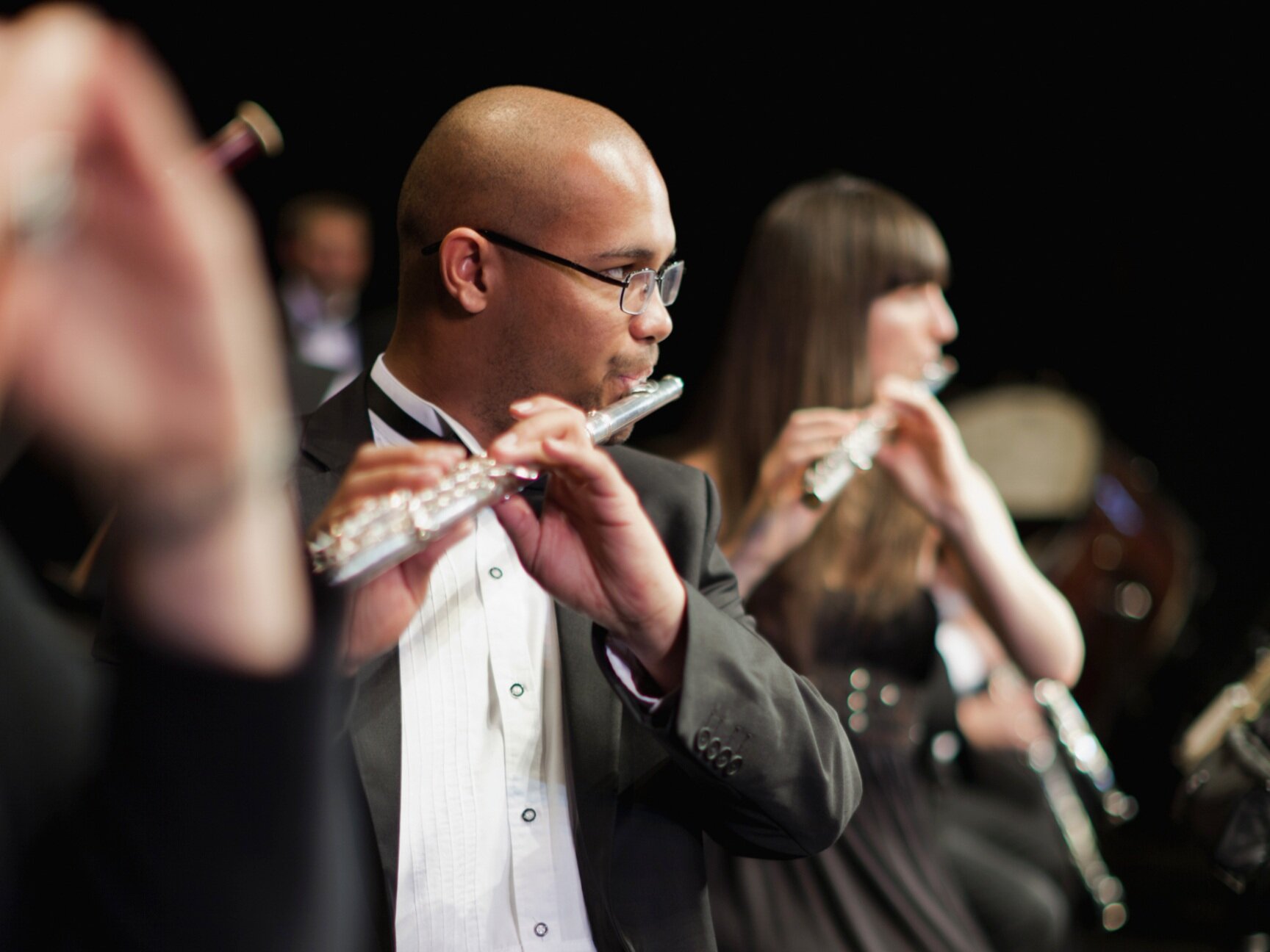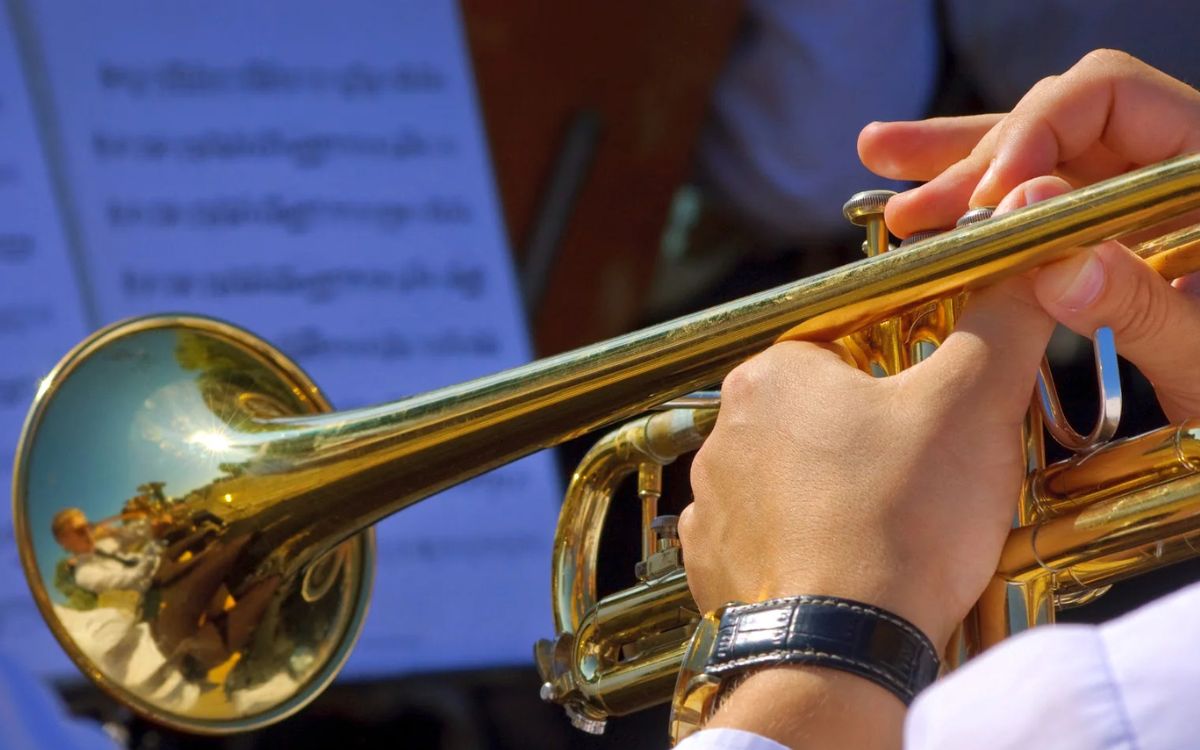Home>Instruments>Brass Instruments>What Is The Role Of Brass Instruments In An Orchestra
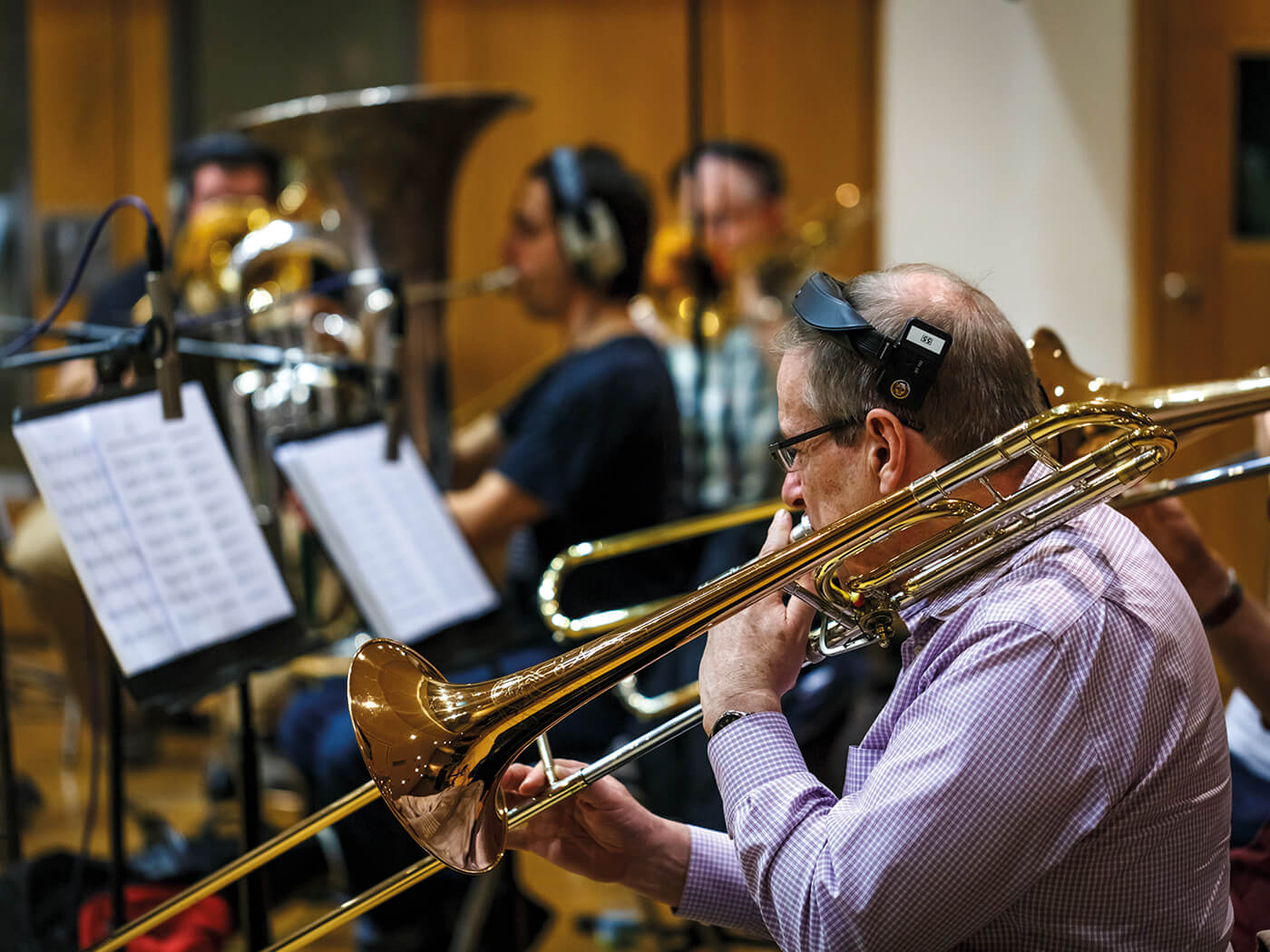

Brass Instruments
What Is The Role Of Brass Instruments In An Orchestra
Modified: February 24, 2024
Discover the pivotal role of brass instruments in an orchestra, including trumpets, trombones, and tubas. Explore the powerful sound and melodic embellishments these instruments bring to musical compositions.
(Many of the links in this article redirect to a specific reviewed product. Your purchase of these products through affiliate links helps to generate commission for AudioLover.com, at no extra cost. Learn more)
Table of Contents
Introduction
Brass instruments have been an integral part of orchestras for centuries, adding richness, power, and depth to the musical ensemble. These instruments, known for their stunning sound and distinctive appearance, play a crucial role in creating the enchanting and awe-inspiring symphonies that we enjoy today.
From the soaring melodies of a trumpet to the resounding depths of a tuba, brass instruments bring a unique timbre and character to the orchestra. Their bright and bold tones can evoke a wide range of emotions, from triumph and exhilaration to introspection and melancholy.
But what exactly are brass instruments, and how do they fit into the larger picture of an orchestra? In this article, we will explore the history of brass instruments, delve into the different types of brass instruments commonly found in orchestras, and discuss their roles and significance within the ensemble.
Whether you are a devoted music lover, a budding musician, or simply curious about the inner workings of an orchestra, join us on this sonic journey as we uncover the secrets behind these extraordinary instruments and the magic they bring to the world of music.
History of Brass Instruments
The origins of brass instruments can be traced back to ancient civilizations. The ancient Egyptians, Greeks, and Romans all had their own version of brass instruments, which were primarily used for military purposes and ceremonial music.
However, the modern development of brass instruments as we know them today began in Europe during the Middle Ages. The earliest brass instruments were made from animal horns or shells and were limited in their range and capabilities. Over time, advancements in metallurgy and craftsmanship led to the creation of more sophisticated brass instruments.
During the Renaissance period, brass instruments gained popularity in the courts and churches of Europe. The trumpet, trombone, and horn emerged as primary brass instruments, and composers started writing music specifically for them.
In the 19th century, significant technological advancements further revolutionized brass instrument design. The invention of valves, which allowed players to change the pitch seamlessly, transformed brass instruments and expanded their range. This led to the creation of newer instruments such as the cornet and the valve trombone.
Throughout the 20th century, brass instruments continued to evolve and become refined. Jazz and popular music genres embraced the rich and vibrant sound of brass instruments, leading to their integration in Big Bands and orchestras.
Today, brass instruments are manufactured using a combination of traditional craftsmanship and modern techniques. Not only are they essential components of classical orchestras, but they are also frequently used in jazz, brass bands, and contemporary music genres, showcasing their versatility and timeless appeal.
Understanding the historical development of brass instruments helps us appreciate the lineage and significance of these instruments in the world of music. As we move forward, let us explore the different types of brass instruments commonly found in orchestras and learn about their unique characteristics and roles in creating harmonious symphonies.
Brass Instruments in the Orchestra
When we think of an orchestra, we often imagine a diverse array of instruments coming together to create a harmonious symphony. Among these instruments are the brass instruments, which play a vital role in shaping the overall sound and texture of the orchestra.
There are several primary brass instruments commonly found in orchestras:
- Trumpet: The trumpet is a high-pitched instrument with a brilliant and piercing sound. It is known for its ability to project melodies and play virtuosic passages with precision and clarity. The trumpet often takes the lead in carrying the main melodic lines of a composition.
- French Horn: The French horn is a versatile instrument with a mellow and warm tone. It is capable of producing a wide range of expressive sounds, from delicate and lyrical to powerful and majestic. The French horn adds depth and richness to the orchestral sound and often plays both melodic and supporting roles.
- Trombone: The trombone is a large instrument with a rich and resonant sound. It has a sliding mechanism called a slide, which allows the player to change the pitch smoothly. The trombone is known for its expressive and flexible qualities, often used to create dramatic and lyrical passages in the orchestra.
- Tuba: The tuba is the largest and lowest-pitched instrument in the brass family. It provides a solid and powerful foundation to the orchestra, anchoring the bassline and adding depth to the overall sound. The tuba is often associated with deep and majestic melodies that evoke a sense of grandeur.
In addition to these primary brass instruments, there are also other brass instruments that occasionally make an appearance in the orchestra, such as the cornet, flugelhorn, and euphonium. While these instruments may have different characteristics and ranges, they contribute to the overall brass section’s richness and versatility.
When combined together, the brass instruments in the orchestra create a dynamic and vibrant sound. They blend with other sections, such as the strings and woodwinds, to form a cohesive and balanced ensemble. The brass section is often responsible for providing fanfares, solos, and dramatic climaxes in a composition, adding excitement and intensity to the music.
Now that we have explored the different types of brass instruments commonly found in orchestras, let us delve deeper into each instrument’s unique qualities and explore their roles and significance within the ensemble.
The Trumpet
The trumpet is a brass instrument known for its bright and piercing sound. It is one of the highest-pitched instruments in the brass family and plays a crucial role in the orchestra. With its ability to project melodies and intricate passages with precision and clarity, the trumpet often takes the lead in carrying the main melodic lines of a composition.
Trumpets are typically constructed out of brass and consist of a cylindrical tube with a flared bell at one end and three piston valves. The valves allow the player to change the pitch seamlessly, opening up a wide range of musical possibilities.
Traditionally, trumpets were played in the key of B-flat or C. However, modern orchestras also utilize trumpets in other keys, such as D, E-flat, and piccolo trumpets in the key of A and B-flat. Each key offers a different timbre and range, allowing the trumpet to adapt to various musical contexts.
The trumpet’s versatility extends beyond orchestral settings. It is also prominently featured in jazz, marching bands, and popular music genres, where its distinctive sound adds a vibrant and expressive element to performances.
Orchestral compositions often call for multiple trumpets to be played together, creating a powerful and resonant brass section that can captivate audiences. Trumpet players are skilled in producing a wide range of articulations, dynamics, and tonal colors, allowing them to bring depth and emotion to the music they perform.
In an orchestra, the trumpet fulfills various roles. It can serve as a solo instrument, commanding attention with its bold and virtuosic melodies. The trumpet also provides harmonic support, blending with other brass instruments and adding brilliance and grandeur to the overall sound. Additionally, the trumpet often plays fanfares and majestic flourishes, creating dramatic and triumphant moments in a composition.
Notable trumpet compositions in the orchestral repertoire include Haydn’s Trumpet Concerto, Arutiunian’s Trumpet Concerto, and Mahler’s Symphony No. 5. These works demonstrate the trumpet’s versatility and its ability to evoke a range of emotions.
Whether it’s the soaring melodies of a solo trumpet or the powerful fanfares that announce the arrival of an orchestral climax, the trumpet is a truly remarkable instrument that adds brilliance and excitement to the orchestra.
The French Horn
The French horn is a versatile brass instrument with a distinctive and captivating sound. Known for its mellow and warm tone, the French horn plays an integral role in the orchestra, adding depth, richness, and a touch of elegance to the ensemble.
Unlike other brass instruments, the French horn features a long, coiled tube with a flared bell. It is played by the musician’s right hand being inserted into the bell, creating a unique sound that is characterized by its roundness and smoothness.
The French horn is constructed in various keys, but the most commonly used is F. Other keys, such as B-flat, double F, and triple F, are used less frequently. The choice of key impacts the instrument’s range and timbre, allowing the French horn to adapt to different musical styles and compositions.
In the orchestra, the French horn has a versatile role. It often plays both melodic and supporting parts, seamlessly blending with other brass and woodwind instruments. The French horn is capable of producing a wide range of expressive sounds, from delicate and lyrical to majestic and powerful.
French horn players use their embouchure and hand positioning inside the bell to control the pitch and produce a desired tone. This level of control allows for an extensive range of dynamics and timbres, enabling the French horn to evoke a wide range of emotions in an orchestral setting.
One of the unique features of the French horn is its ability to produce harmonics. By altering lip tension and hand placement inside the bell, players can create different harmonic series, expanding the already vast range of the instrument and adding to its versatility.
The French horn has a rich repertoire of solo and ensemble compositions, showcasing its melodic capabilities and expressive qualities. Composers from Mozart and Beethoven to Richard Strauss and Mahler have composed exceptional horn solos and integrated the instrument into their orchestral works.
Notable French horn compositions in the orchestral repertoire include Strauss’ Horn Concerto No. 1, Mozart’s Horn Concertos, and Tchaikovsky’s Symphony No. 5. These works highlight the French horn’s ability to evoke both lyrical and heroic emotions, making it an essential component of orchestral masterpieces.
Whether it’s playing a soulful melody, blending harmoniously with other instruments, or providing expressive passages, the French horn brings a touch of refinement and elegance to the orchestra. Its distinctive sound resonates with audiences and adds depth and richness to the overall symphonic experience.
The Trombone
The trombone is a brass instrument known for its rich and resonant sound. With its unique sliding mechanism called a slide, the trombone offers a wide range of expressive possibilities and has a prominent role in the orchestra. It adds depth, versatility, and a touch of grandeur to the ensemble.
The trombone is essentially a long cylindrical tube with a flared bell at one end. Unlike other brass instruments that use valves to change the pitch, the trombone relies on sliding the tube in and out to produce different notes. This sliding action allows for smooth glissandos, quick chromatic passages, and subtle expressive techniques such as vibrato.
Trombones come in various sizes and pitches, including tenor, bass, alto, and contrabass. Each type of trombone has a unique sound and range, enabling the instrument to fulfill different roles within the orchestra.
In the orchestral context, the trombone is versatile and adaptable. It is capable of playing both melodic and supporting roles, adding a rich bass foundation or soaring above the ensemble with bold and powerful melodies. The trombone section often joins forces with the other brass instruments, creating a majestic and resonant sound that can fill concert halls.
With its ability to produce a full and warm tone, the trombone is particularly effective in portraying powerful and heroic moments in orchestral compositions. It can be found in pieces that showcase grandeur, such as Wagner’s “Ride of the Valkyries” or Verdi’s “Requiem.”
Aside from its orchestral role, the trombone is also a key component in jazz and popular music genres. Its smooth slide transitions, distinctive tone, and expressive capabilities make it a favorite among jazz musicians for solos, improvisation, and ensemble playing.
Notable trombone compositions in the orchestral repertoire include Mahler’s Symphony No. 3, Beethoven’s Symphony No. 5, and Berlioz’s “Symphonie Fantastique.” These works display the trombone’s ability to evoke a range of emotions and add depth to compositions through its unique sound and versatility.
With its commanding and expressive presence, the trombone brings a sense of power, depth, and excitement to the orchestra. Whether it is in a symphony, a jazz band, or other musical settings, the trombone’s distinctive timbre and sliding technique make it an indispensable member of the brass family and a vital part of the orchestral sound.
The Tuba
The tuba is the largest and deepest-sounding instrument in the brass family. It plays a fundamental role in the orchestra, providing a solid foundation and adding a deep and powerful resonance to the ensemble. Despite its size, the tuba possesses a remarkable agility and versatility that allows it to contribute to a wide range of musical styles and genres.
The tuba is typically constructed from brass and features a wide bell and a conical bore. With its large size and long tubing, the tuba is capable of producing rich and resonant low frequencies that form the backbone of the brass section.
There are several types of tubas, including the orchestral tuba, bass tuba, and contrabass tuba. Each type has its own distinct sound and range, allowing for a diverse palette of tonal colors within the tuba section.
In the orchestra, the tuba functions as the anchor of the bassline. It provides a deep and solid harmonic foundation, often doubling the bass line of the composition alongside the double basses. In some instances, the tuba is also featured as a solo instrument, showcasing its ability to play lyrical passages with a warm and expressive tone.
Furthermore, the tuba plays a vital role in creating moments of grandeur and power in orchestral compositions. Its majestic sound can be heard during fanfares, dramatic climaxes, and triumphant sections, adding a sense of weight and grandiosity to the overall sound.
Beyond orchestral settings, the tuba is also a prominent instrument in brass bands, marching bands, and jazz ensembles. Its deep and resonant sound provides a strong and powerful presence that carries the ensemble, creating a solid foundation for all other instruments to build upon.
Famous tuba compositions in the orchestral repertoire include Richard Strauss’ “Also sprach Zarathustra,” Mussorgsky’s “Pictures at an Exhibition,” and Wagner’s “Ride of the Valkyries.” These pieces demonstrate the tuba’s ability to create impactful and memorable moments in music.
Despite its size, playing the tuba requires skill, breath control, and a keen sense of musicality. Tuba players must have a strong understanding of their instrument’s range, dynamics, and intonation to effectively fulfill their role in an ensemble.
The tuba’s deep, resonant tones provide a solid foundation and add depth to the ensemble, making it an indispensable part of the brass section in an orchestra. Its ability to convey power and majesty, as well as lyrical and expressive passages, showcases the tuba’s versatility and significance in creating a memorable and impactful musical experience.
Other Brass Instruments in the Orchestra
While the trumpet, French horn, trombone, and tuba are the core brass instruments commonly found in orchestras, there are several other brass instruments that occasionally make an appearance, contributing to the overall richness and diversity of the brass section.
One such instrument is the cornet. Similar in appearance to the trumpet, the cornet has a slightly more mellow and mellower sound. It is often used in solo and ensemble settings, adding a touch of lyrical expressiveness to the brass section.
The flugelhorn is another brass instrument that is occasionally used in orchestral compositions. With its warmer and darker timbre, the flugelhorn can provide a smooth and lyrical quality to the ensemble, often featuring in jazz and popular music genres as well.
The euphonium, sometimes referred to as the tenor tuba, is a brass instrument with a conical shape that falls between the trombone and the tuba in terms of range. It has a sweet and melodious sound and is often featured in orchestral solos, chamber music, and brass bands.
Each of these additional brass instruments brings its unique qualities and characteristics to the brass section. Whether it’s the mellowness of the cornet, the warmth of the flugelhorn, or the lyrical qualities of the euphonium, these instruments add variety and depth to the overall sound of the orchestra.
While not as prominent or as frequently used as the core brass instruments, the inclusion of these additional brass instruments showcases the versatility and flexibility of the brass section. Composers may strategically incorporate these instruments to depict specific moods or to highlight individual voices within the ensemble.
It is worth noting that the specific combination of brass instruments in an orchestra can vary depending on the composer’s intent and the requirements of the composition. Some compositions may call for a full brass section with multiple trumpets, horns, trombones, and tubas, while others may only utilize a smaller subset of brass instruments.
Regardless of the combination, the collective sound of the brass instruments in an orchestra produces a powerful and captivating experience. The interplay of melodies, harmonies, and textures provided by the various brass instruments contributes to the overall sonic tapestry and adds to the richness and depth of the orchestral sound.
Now that we have explored the primary and additional brass instruments found in orchestras, we can move on to discussing the role and significance of these instruments within the ensemble.
The Role of Brass Instruments in an Orchestra
Brass instruments play a vital and dynamic role in the symphony orchestra, contributing to the overall sound and texture of the ensemble. Their distinctive timbres, powerful projection, and expressive capabilities make them an essential component in creating harmonious and captivating musical experiences.
One of the primary roles of brass instruments in an orchestra is to provide a strong harmonic foundation. From the deep and resonant tones of the tuba to the bright and piercing sound of the trumpet, brass instruments anchor the ensemble, adding depth, richness, and stability to the orchestral sound.
Brass instruments also play a significant role in enhancing the dynamics and phrasing of a composition. They have the ability to produce a wide range of tonal colors and dynamics, allowing for dramatic crescendos, soft and delicate nuances, and everything in between. Brass instruments can bring immense power and intensity to climactic moments in a composition, creating a sense of grandeur and excitement.
Another important role of brass instruments in the orchestra is to provide melodic and thematic material. Trumpets often take the lead in carrying the main melodies, showcasing their brilliance and virtuosity. French horns add warmth and richness to melodic lines, while trombones contribute with their agility and expressive capabilities.
Brass instruments also have moments of solo prominence in orchestral compositions. Whether it’s a majestic fanfare, a lyrical solo passage, or a triumphant cadenza, these moments highlight the individual brilliance and artistry of the brass players, captivating audiences and adding a sense of drama to the performance.
Moreover, brass instruments are critical in creating dynamic contrasts within the orchestra. They engage in dialogues with other sections, such as the strings or woodwinds, providing complementary harmonies or engaging in call-and-response motifs. This interplay between different sections of the orchestra adds depth, complexity, and excitement to the overall musical experience.
Additionally, brass instruments are often featured in orchestral coloration, adding unique timbres and textures to the ensemble’s sound palette. The blend of brass instruments can create a wide range of moods, from the majestic and grand to the intimate and delicate.
Whether it’s the majestic fanfares, the brilliant melodies, the resonant basslines, or the expressive solos, the brass instruments in an orchestra bring power, expressiveness, and a sense of grandeur to the overall ensemble. They provide a strong foundation, enhance the orchestral dynamics, and offer melodic and harmonic richness that completes the symphonic experience.
As integral members of the orchestra, brass instruments contribute to the overall beauty, emotion, and impact of the music. Their unique characteristics and abilities make them indispensable in creating the captivating sonic tapestry that is the symphony orchestra.
Conclusion
Brass instruments have a rich and storied history and play an essential role in the symphony orchestra. From the brilliance of the trumpet to the warmth of the French horn, the versatility of the trombone, and the power of the tuba, each brass instrument brings its unique qualities to the ensemble, adding depth, richness, and grandeur to the orchestral sound.
Throughout the centuries, brass instruments have evolved and adapted, becoming essential components of virtually every genre of music, from classical to jazz and beyond. They have the ability to evoke a wide range of emotions, from exhilaration and triumph to introspection and melancholy.
The brass section of an orchestra provides the harmonic foundation, adds dynamic contrasts, enhances the orchestral texture, and delivers captivating melodies. Brass instruments are equally comfortable playing supporting roles and taking center stage with breathtaking solos that showcase the virtuosity and expressive capabilities of the players.
Whether playing in perfect unison, engaging in intricate harmonies, or providing bold and majestic fanfares, brass instruments leave an indelible impact on the overall symphonic experience. Their resonant tones can transport listeners to the highest peaks of joy or the deepest valleys of emotion.
As we unravel the secrets behind brass instruments and their significance in orchestral music, we gain a deeper appreciation for the craftsmanship, skill, and artistry required to master these instruments. Each note, each breath, and each expression is crucial in creating a captivating and unforgettable performance.
So, the next time you attend a symphony concert, pay close attention to the brass section. Listen for the brilliant trumpets, the velvety French horns, the agile trombones, and the powerful tubas. Appreciate the range of emotions they invoke, from the delicate and introspective to the thrilling and triumphant. Marvel at their ability to captivate and transport us through the sheer power and beauty of their sound.
Indeed, brass instruments are more than just instruments in an orchestra. They are vessels for human expression, storytelling, and the creation of sublime musical moments. They remind us of the immense power and beauty that can be achieved through the collaboration of talented musicians united by a shared passion for creating and performing extraordinary music.

